A new study shows that altering the ISS and TOR pathways in roundworms can extend lifespan by 500 percent.
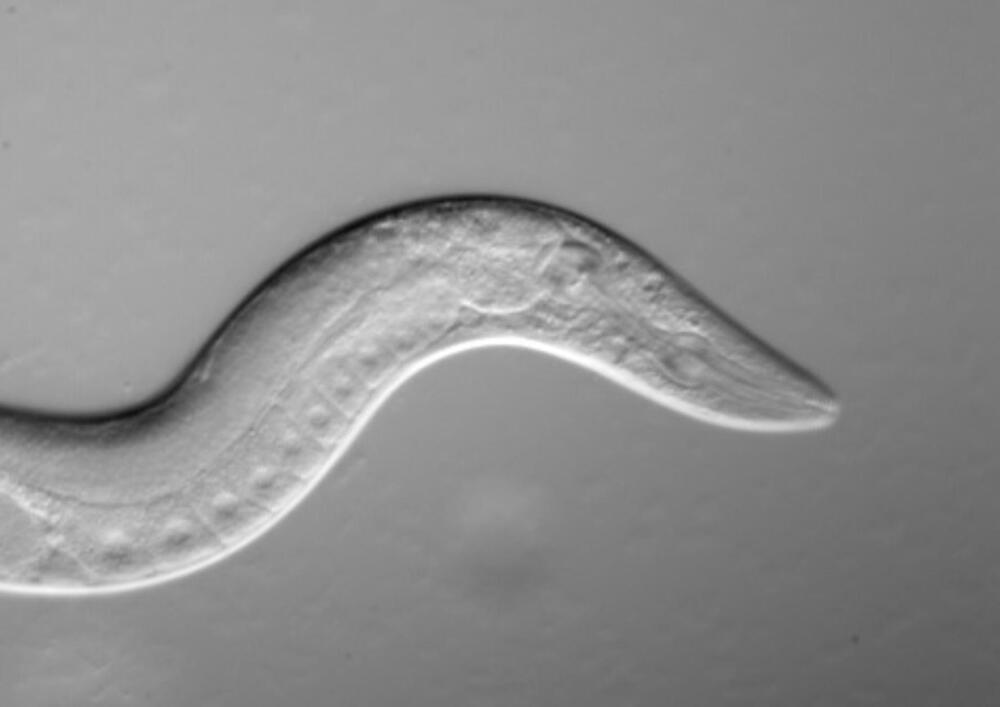

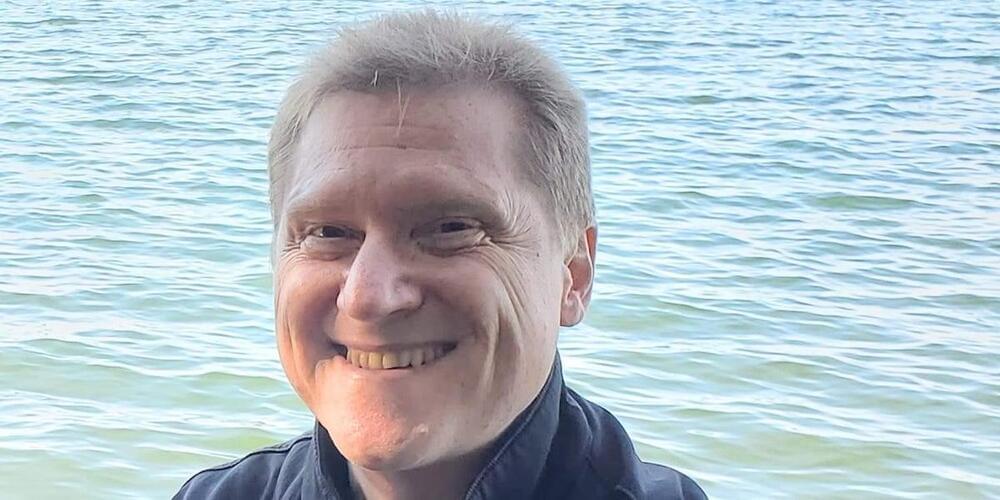
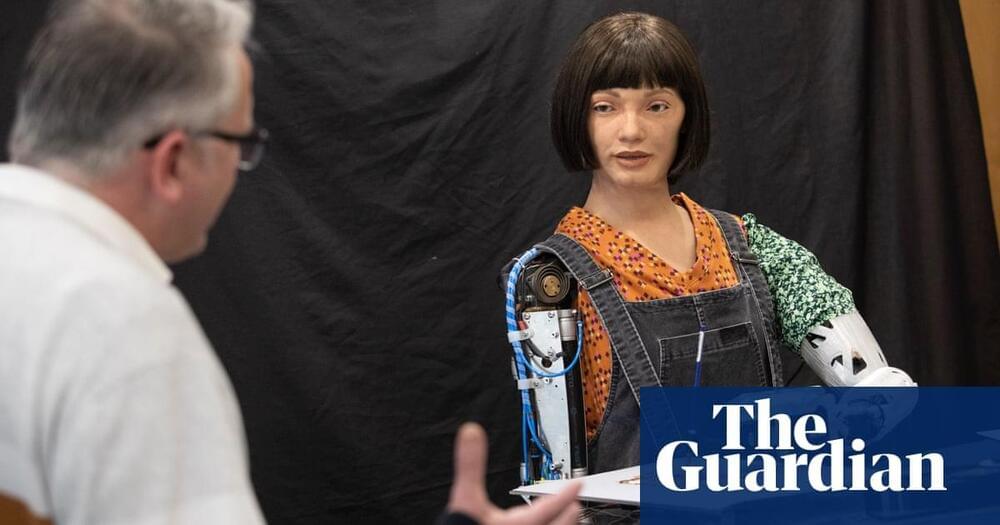
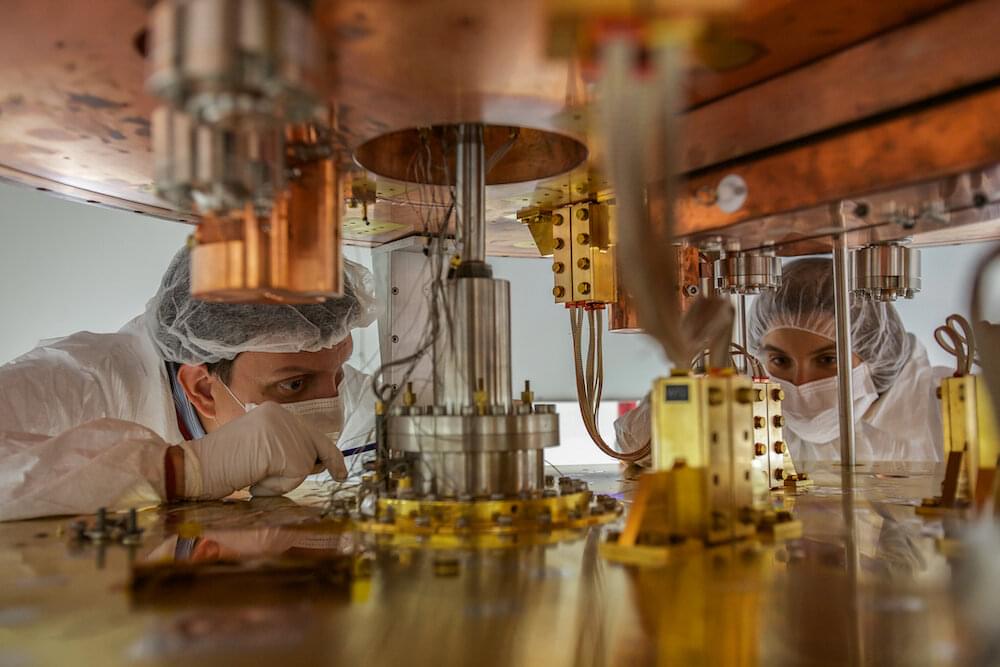
In a laboratory under a mountain, physicists are using crystals far colder than frozen air to study ghostly particles, hoping to learn secrets from the beginning of the universe. Researchers at the Cryogenic Underground Observatory for Rare Events (CUORE) announced this week that they had placed some of the most stringent limits yet on the strange possibility that the neutrino is its own antiparticle. Neutrinos are deeply unusual particles, so ethereal and so ubiquitous that they regularly pass through our bodies without us noticing. CUORE has spent the last three years patiently waiting to see evidence of a distinctive nuclear decay process, only possible if neutrinos and antineutrinos are the same particle. CUORE’s new data shows that this decay doesn’t happen for trillions of trillions of years, if it happens at all. CUORE’s limits on the behavior of these tiny phantoms are a crucial part of the search for the next breakthrough in particle and nuclear physics—and the search for our own origins.
“Ultimately, we are trying to understand matter creation,” said Carlo Bucci, researcher at the Laboratori Nazionali del Gran Sasso (LNGS) in Italy and the spokesperson for CUORE. “We’re looking for a process that violates a fundamental symmetry of nature,” added Roger Huang, a postdoctoral researcher at the Department of Energy’s Lawrence Berkeley National Laboratory (Berkeley Lab) and one of the lead authors of the new study.
CUORE—Italian for “heart”—is among the most sensitive neutrino experiments in the world. The new results from CUORE are based on a data set ten times larger than any other high-resolution search, collected over the last three years. CUORE is operated by an international research collaboration, led by the Istituto Nazionale di Fisica Nucleare (INFN) in Italy and Berkeley Lab in the US. The CUORE detector itself is located under nearly a mile of solid rock at LNGS, a facility of the INFN. U.S. Department of Energy-supported nuclear physicists play a leading scientific and technical role in this experiment. CUORE’s new results were published today in Nature.
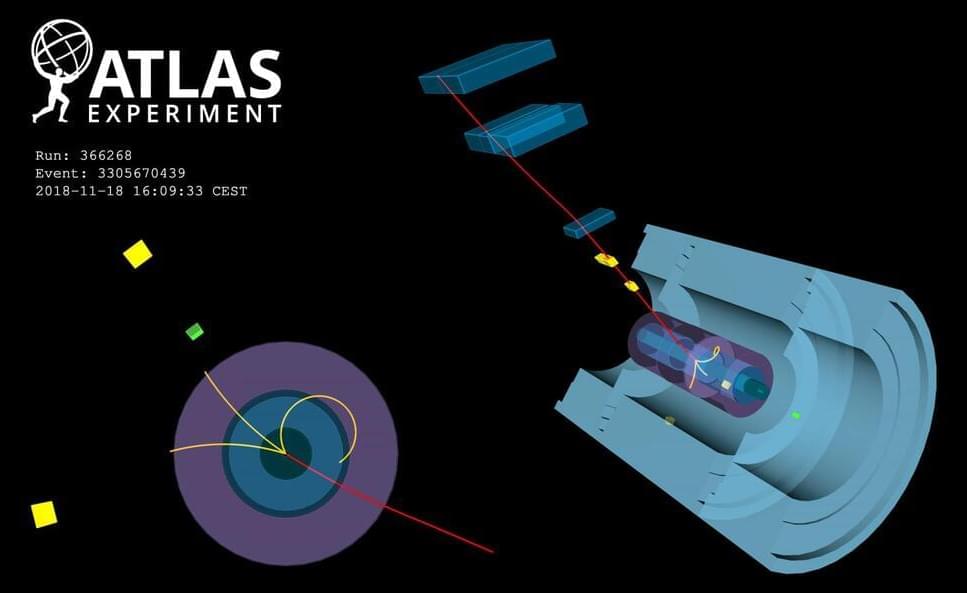
Today at the Quark Matter 2022 conference, the ATLAS Collaboration announced the observation of tau-lepton pairs created when particles of light – or photons – interact during lead-ion collisions. The result opens a new avenue for measuring how magnetic the tau lepton is – a property sensitive to new particles beyond the Standard Model.
In everyday life, two crossing beams of light follow the rules of classical electrodynamics and do not deflect, absorb or disrupt one another. But, in quantum electrodynamics, things are different. Lead ions accelerated to high energy by the LHC are surrounded by an enormous flux of photons. For a short moment, these photons can interact and transform into a particle–antiparticle pair, such as a pair of tau leptons. These interactions are called ultra-peripheral collisions, which ATLAS physicists used to observe light-by-light scattering in 2019.
Rather than colliding head-on at the centre of the ATLAS detector, the accelerated lead ions pass by each other unscathed. This provides a uniquely clean environment for physicists to study collisions of photons into a pair of tau leptons. Further, the rate of tau-lepton creation scales to the fourth power of the number of protons in the ion, which is 82 for lead.
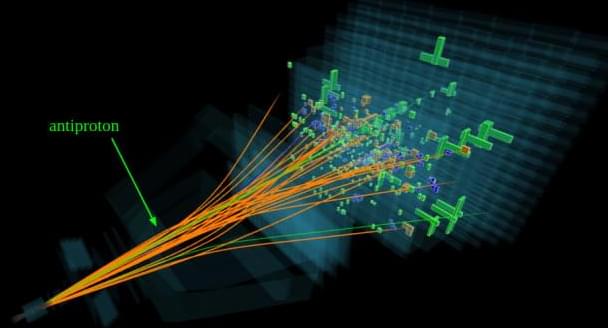
At the Quark Matter conference today and at the recent Rencontres de Moriond conference, the LHCb collaboration presented an analysis of particle collisions at the Large Hadron Collider (LHC) that may help determine whether or not any antimatter seen by experiments in space originates from the dark matter that holds galaxies such as the Milky Way together.
Space-based experiments such as the Alpha Magnetic Spectrometer (AMS), which was assembled at CERN and is installed on the International Space Station, have detected the fraction of antiprotons, the antimatter counterparts of protons, in high-energy particles called cosmic rays. These antiprotons could be created when dark-matter particles collide with each other, but they could also be formed in other instances, such as when protons collide with atomic nuclei in the interstellar medium, which is mainly made up of hydrogen and helium.
To find out whether or not any of these antiprotons originate from dark matter, physicists therefore have to estimate how often antiprotons are produced in collisions between protons and hydrogen as well as between protons and helium. While some measurements of the first have been made, and LHCb reported in 2017 the first-ever measurement of the second, that LHCb measurement involved only prompt antiproton production – that is, antiprotons produced right at the place where the collisions took place.

A galaxy called HD1 may be the most distant object astronomers have ever spotted. Its astonishing brightness is difficult to explain and may be due to an enormous black hole at its centre or the creation of extremely massive primordial stars, both of which confound our understanding of the early universe.
Fabio Pacucci at the Harvard-Smithsonian Center for Astrophysics in Massachusetts and his colleagues found HD1 by sifting through large public data sets from several of the most powerful telescopes available. They then observed it again with the Atacama Large Millimeter/submillimeter Array (ALMA) in Chile.
Those observations showed that HD1 is about 33.4 billion light years away, more than a billion light years further than the previous most distant object ever spotted, a galaxy called GN-z11. Such a distance is possible, despite the age of the universe being only about 13.8 billion years, because of the accelerating expansion of the cosmos.

In 2021, there was an estimated 2.7 billion gamers globally, in a gaming market that is valued at $300+ billion. The opportunity for developers is huge — but so is the temptation for fraudsters looking for ways to take advantage of the revenue that’s pouring into the industry. But according to the recent Denuvo Global Gaming Survey, many developers don’t fully know how cheating, tampering, and piracy has impacted their revenues — or don’t think they’ve been affected at all.
When players recognize cheating in a game, they often simply quit, because after all, there are an endless number of titles available. Engagement then tanks, and so does a game’s reputation — especially when developers’ social media accounts are overrun with complaints and demands that the issues be fixed.
Tampering and piracy, which usually go hand in hand, undermine a game’s sales, player engagement, and retention, particularly in the first few weeks of a game’s release. While PC and mobile operating systems are more vulnerable, consoles can still be hit, especially because so many games have co-op modes and live updates. For free-to-play games and games that offer in-game items, tampering can also directly impact monetization.
The British James Dyson Foundation presented the first Sustainability Award to Carvey Ehren Maigue, an electrical engineering student in the Philippines. He was awarded for creating new material from recycled crop waste that has the ability to transform ultraviolet (UV) rays from the sun into electrical energy. The technology could soon be turning the windows and walls of buildings into a rich new source of electricity.
The invention of the Filipino university student is called AuREUS (Aurora Renewable Energy and UV Sequestration). Both AuREUS devices (Borealis Solar Window and Astralis Solar Wall) use the same technology used in the beautiful Northern and Southern lights. High energy particles are absorbed by luminescent particles that re-emit them as visible light. A similar type of luminescent particles (derivable from certain fruits and vegetables) were suspended in a resin substrate and is used as the core technology on both devices.
When hit by UV light, the particles absorb and re-emit visible light along the edges due to internal reflectance. PV cells are placed along the edges to capture the visible light emitted. The captured visible light is then converted to DC electricity. Regulating circuits will process the voltage output to allow battery charging, storage, or direct utilization of electricity.
In a world where deforestation directly leads to biodiversity loss, disrupts the water cycle, and alters rainfall, looking for alternatives to recycle or produce paper is more important than ever.
Scientists at Nanyang Technological University, Singapore (NTU Singapore) have developed a pollen-based paper that, after being printed, can be erased and reused multiple times without any damage to the paper.
The process of making pollen-based paper is similar to traditional soap-making, which is simpler and less energy-intensive. It begins with potassium hydroxide being used to remove the cellular components encapsulated in tough sunflower pollen grains, which are then turned into soft microgel particles.